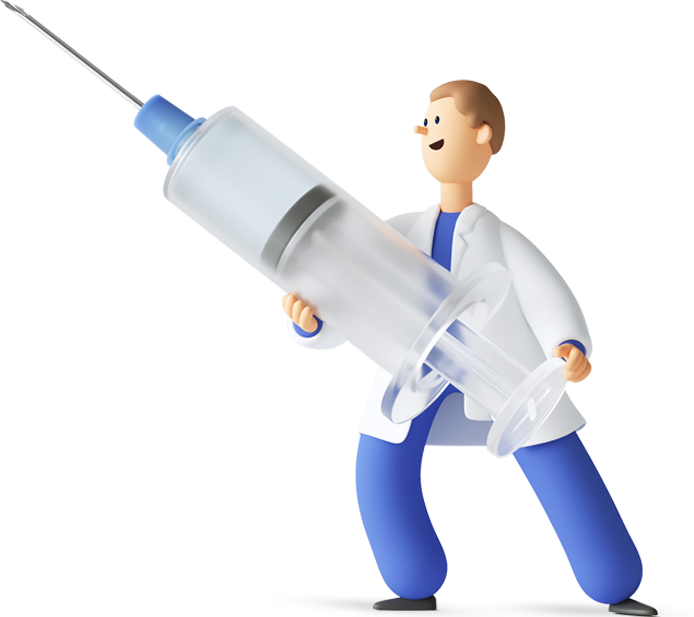Neck Pain

physiotherapy for Neck Pain
Neck pain refers to discomfort or pain experienced in the cervical spine, which includes the vertebrae, discs, nerves, and muscles in the neck area. It can range from mild, occasional discomfort to severe, persistent pain that affects daily activities.
Neck pain can be caused by various factors, including muscle strain or tension from poor posture, repetitive movements, or overuse of the neck muscles. Other common causes include injuries such as whiplash from car accidents, degenerative conditions like osteoarthritis or cervical spondylosis, herniated discs, pinched nerves, or underlying medical conditions such as meningitis or fibromyalgia.
Treatment for neck pain depends on the underlying cause and severity of symptoms. It may involve rest and activity modification to avoid exacerbating pain, applying ice or heat packs to reduce inflammation and muscle tension, over-the-counter pain medications or muscle relaxants for temporary relief, physical therapy exercises to strengthen neck muscles and improve flexibility, ergonomic adjustments to improve posture, and in severe cases, corticosteroid injections or surgical interventions may be recommended.
Symptoms of neck pain may include
- Dull, aching pain in the neck or shoulders
- Stiffness or decreased range of motion in the neck
- Sharp or shooting pain that radiates down the arms
- Muscle spasms or tightness in the neck muscles
- Headaches, especially at the base of the skull
- Numbness, tingling, or weakness in the arms or hands
Causes of Neck Pain
- Muscle strain or tension from poor posture
- Repetitive movements or overuse of neck muscles
- Injuries such as whiplash from car accidents
- Degenerative conditions like osteoarthritis or cervical spondylosis
- Herniated discs or pinched nerves
- Underlying medical conditions such as meningitis or fibromyalgia
What Triggers Neck Pain?
- Prolonged sitting or standing with poor posture
- Sleeping in an awkward position
- Stress or anxiety leading to muscle tension
- Repetitive movements or overuse of the neck muscles
- Sudden impact or trauma to the neck, such as in car accidents or falls
- Degenerative changes in the spine due to aging or wear and tear
When do you need physiotherapy for Neck Pain?
If neck pain persists for more than a few days, worsens over time, or is accompanied by other symptoms such as numbness & tingling, or weakness in the arms or hands, it’s advisable to seek physiotherapy. Physiotherapists can assess the underlying cause of neck pain, provide targeted interventions to alleviate symptoms and improve neck mobility, and develop a personalized treatment plan. They may use techniques such as manual therapy, exercise prescription, modalities like heat or cold therapy, and education on posture and ergonomics to effectively manage neck pain.
How to Prevent Neck Pain?
Preventing neck pain involves several strategies. Maintaining good posture, especially while sitting or standing for prolonged periods, can reduce strain on the neck muscles. Using ergonomic furniture and accessories, such as supportive chairs and computer setups, can also help prevent neck pain. Taking regular breaks to stretch and move the neck and shoulders during prolonged periods of sitting or computer use can prevent muscle tension and stiffness. Incorporating strength and flexibility exercises targeting the neck and upper back into a regular exercise routine can improve muscle support and reduce the risk of neck pain. Additionally, managing stress through relaxation techniques such as deep breathing or meditation can help prevent muscle tension and associated neck pain.
Treatments for Neck Pain Using physiotherapy
Physiotherapy at Reroute & Reboot offers effective treatments for neck pain. Manual therapy techniques such as mobilization, manipulation, and soft tissue massage can help reduce muscle tension and improve neck mobility. Exercise therapy focusing on strengthening neck and upper back muscles, as well as stretching tight muscles, can improve posture and reduce strain on the neck. Modalities such as heat or cold therapy, ultrasound, or electrical stimulation may be used to reduce pain and inflammation. Additionally, education on proper posture, ergonomic adjustments, and self-management strategies empowers individuals to prevent and manage neck pain effectively.


